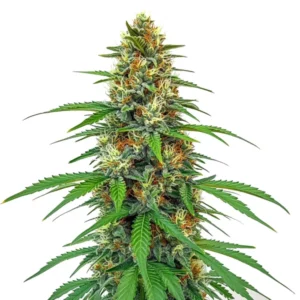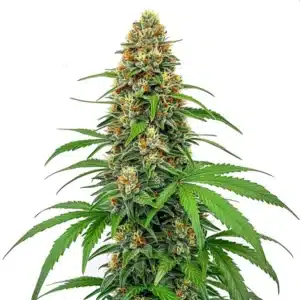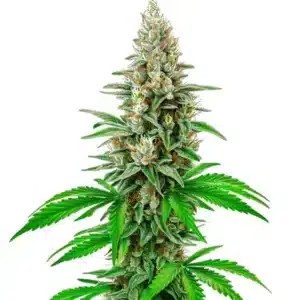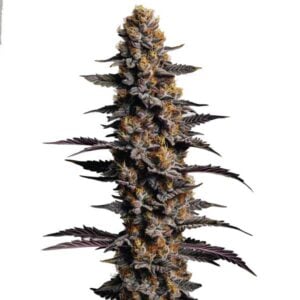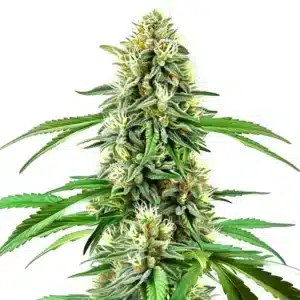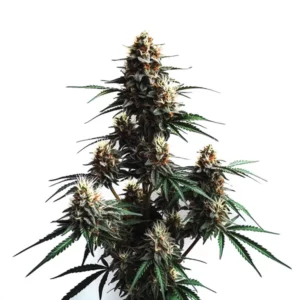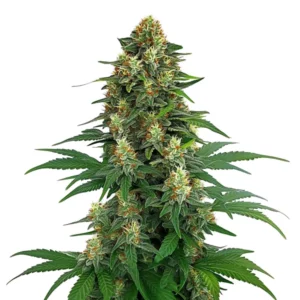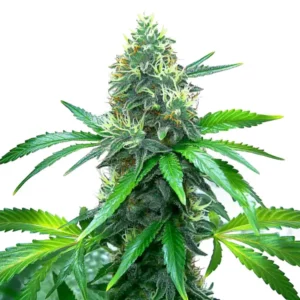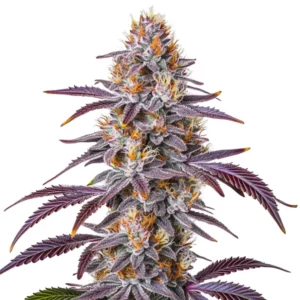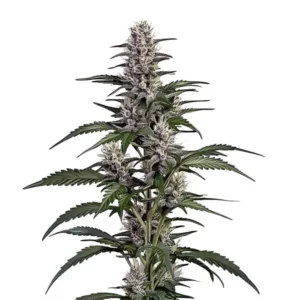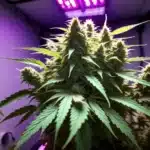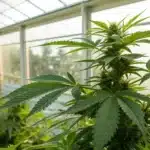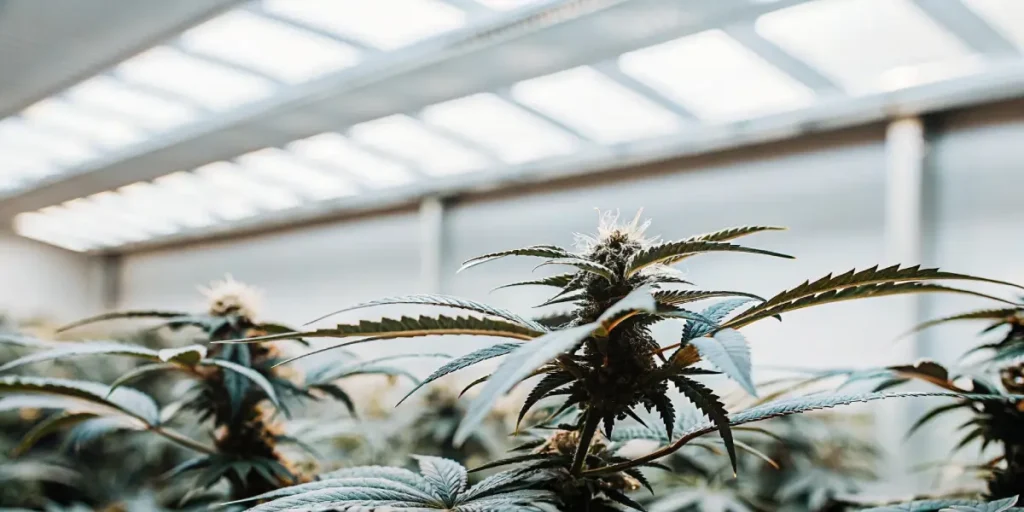
Boosting Antioxidants in Cannabis Growing
Cannabis enthusiasts and growers often seek ways to enhance the quality of their plants. One effective approach is boosting antioxidants in cannabis growing. Antioxidants help to protect the plant cells, improve plant health, and even enhance the effects for consumers. But how can you naturally increase antioxidants in your cannabis plants?
Let’s delve into some practical techniques for enhancing antioxidant content in cannabis cultivation. These methods are suitable for both first-time seed buyers and seasoned growers. Whether you’re cultivating indoors or outdoors, these tips will help you optimize antioxidant levels in marijuana growth, ensuring healthier plants and potentially more potent buds.
Recommended Strains
CBD Tangie (1:15)
|
|
CBD | 12% – 14% (Medium) |
|
|
Type | CBD Feminized |
|
|
Yield | Medium |
|
|
Phenotype | 50% Indica / 50% Sativa |
CBD Sour Tangie (1:25)
|
|
CBD | 6% – 8% (Low) |
|
|
Type | CBD Feminized |
|
|
Yield | Low |
|
|
Phenotype | 10% Indica / 90% Sativa |
Choosing the right cannabis strain can make a significant difference when aiming to boost antioxidants. Strains like Blue Dream, Tangie, and OG Kush are known for their robust antioxidant properties. These strains not only thrive under various conditions but also possess unique characteristics that contribute to higher antioxidant levels.
Optimizing Nutrient Intake
Proper nutrient intake is crucial for boosting cannabis antioxidants with organic methods. Plants need a balanced diet of nutrients to produce antioxidants effectively. Macronutrients like nitrogen, phosphorus, and potassium play a vital role, but trace minerals are equally important.
Incorporating organic fertilizers can significantly improve antioxidant properties in cannabis farming. Products rich in kelp, bone meal, or alfalfa meal can provide essential micronutrients. These natural fertilizers not only enhance plant growth but also optimize antioxidant levels in marijuana growth.
Additionally, it’s essential to ensure that nutrients are delivered in a bioavailable form. This means using fertilizers that are easily absorbed by the plant roots, which can be achieved through the application of chelated nutrients. Chelation improves the solubility of nutrients, ensuring they are readily available for plant uptake, thus enhancing antioxidant content in cannabis cultivation.
Another key aspect is the timing of nutrient application. Providing the right nutrients at the correct growth stages is critical. For instance, during the flowering phase, phosphorus and potassium become more crucial, supporting the plant’s natural ways to increase antioxidants in cannabis plants. By carefully timing nutrient applications, growers can maximize antioxidant production and overall plant health.
Promos & Deals
Utilizing Organic Farming Practices for Boosting Antioxidants in Cannabis Growing
Organic farming practices are a cornerstone for natural ways to increase antioxidants in cannabis plants. By reducing the use of synthetic chemicals, you allow the plants to build their natural defenses, which includes antioxidant production.
Companion planting is a fantastic organic method. Growing herbs like basil or marigold alongside cannabis can deter pests naturally while boosting the plant’s ability to produce antioxidants. This method not only enhances antioxidant content in cannabis cultivation but also maintains a balanced ecosystem in your grow area.
Another effective strategy in organic farming is the use of cover crops. These plants, such as clover or vetch, can be grown alongside cannabis to improve soil health and nutrient availability. Cover crops help fix nitrogen in the soil, enhancing the natural fertility and boosting cannabis antioxidants with organic methods.
Furthermore, implementing crop rotation can aid in pest control and soil fertility. By rotating cannabis with different plant species, growers can break pest cycles and reduce disease incidence. This practice promotes a healthier growing environment, leading to improved antioxidant properties in cannabis farming.
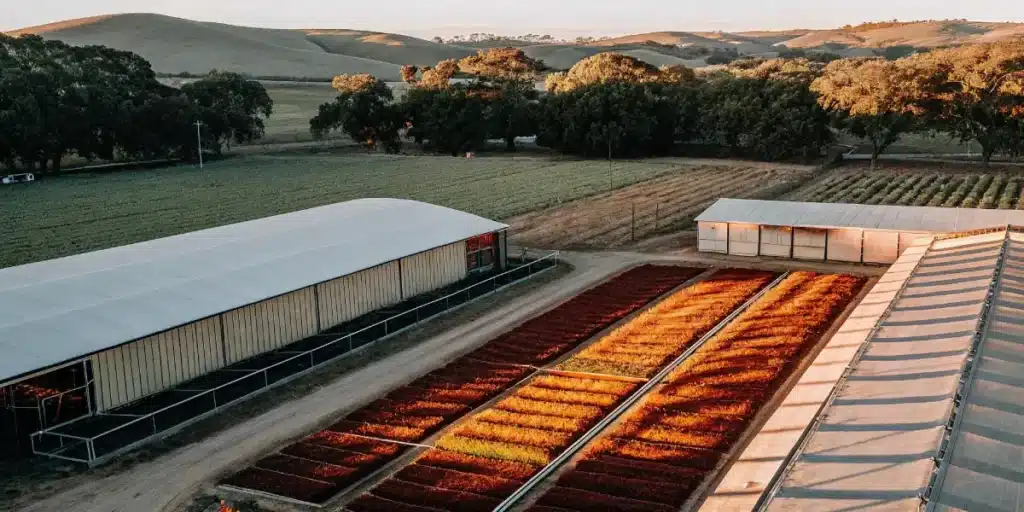
Strain Selection for Enhanced Antioxidants
Choosing the right cannabis strain is pivotal. Each strain has its unique profile, which can affect antioxidant levels. For instance, Blue Dream is a versatile strain known for its resilience and high antioxidant content. It’s a favorite among both novice and experienced growers due to its adaptability.
Tangie, on the other hand, is celebrated for its citrusy aroma and antioxidant-rich profile. This strain thrives in sunny environments, making it perfect for outdoor cultivation where natural sunlight can further enhance its growth and antioxidant properties.
When selecting strains, it’s important to consider the growing environment and climate. Strains that are well-suited to local conditions are more likely to thrive, leading to higher yields and optimized antioxidant levels in marijuana growth. Researching strain-specific needs and matching them with your growing conditions can significantly impact the success of boosting antioxidants in cannabis growing.
Additionally, genetic diversity within a strain can lead to varying antioxidant levels. Phenotype selection, where growers choose plants that exhibit desired traits such as higher antioxidant content, can further enhance the benefits of strain selection. This approach allows for the cultivation of cannabis plants with superior antioxidant profiles, tailored to specific growing environments.
Environmental Factors and Antioxidant Production
Environmental factors such as light, temperature, and humidity have a profound impact on the antioxidant levels in cannabis. Consistent exposure to optimal light conditions is crucial for photosynthesis, which in turn supports antioxidant production.
Maintaining the right temperature and humidity is another critical aspect. Cannabis plants thrive in temperatures between 70-85°F (21-29°C) with a humidity level of 40-60%. These conditions are ideal for boosting cannabis antioxidants with organic methods.
Light spectrum also plays a role in enhancing antioxidant content in cannabis cultivation. Full-spectrum lighting that mimics natural sunlight can promote better growth and development, leading to increased antioxidant production. Using LED grow lights with adjustable spectrums allows growers to fine-tune the light conditions for optimal results.
Furthermore, implementing environmental control systems can help maintain consistent conditions. Automated systems for regulating temperature and humidity ensure that plants are always in their ideal growing environment. This level of control is particularly beneficial for indoor growers looking to optimize antioxidant levels in marijuana growth.
Soil Quality and Antioxidant Levels
Soil quality is often overlooked but is vital in enhancing antioxidant content in cannabis cultivation. Rich, well-draining soil supports better root development, which is essential for nutrient uptake and antioxidant production.
Improving soil health can be as simple as adding compost or earthworm castings. These organic amendments enrich the soil with beneficial microbes and nutrients, fostering an environment conducive to optimizing antioxidant levels in marijuana growth.
Besides to organic amendments, maintaining soil structure is crucial. Compacted soil can restrict root growth and nutrient uptake, negatively impacting antioxidant production. Techniques like mulching and no-till farming help preserve soil structure and promote a healthy root system.
Soil microbiomes also play a role in boosting antioxidants in cannabis growing. Encouraging the growth of beneficial microbes through the use of mycorrhizal fungi or microbial inoculants can enhance nutrient uptake and plant resilience, ultimately improving antioxidant properties in cannabis farming.
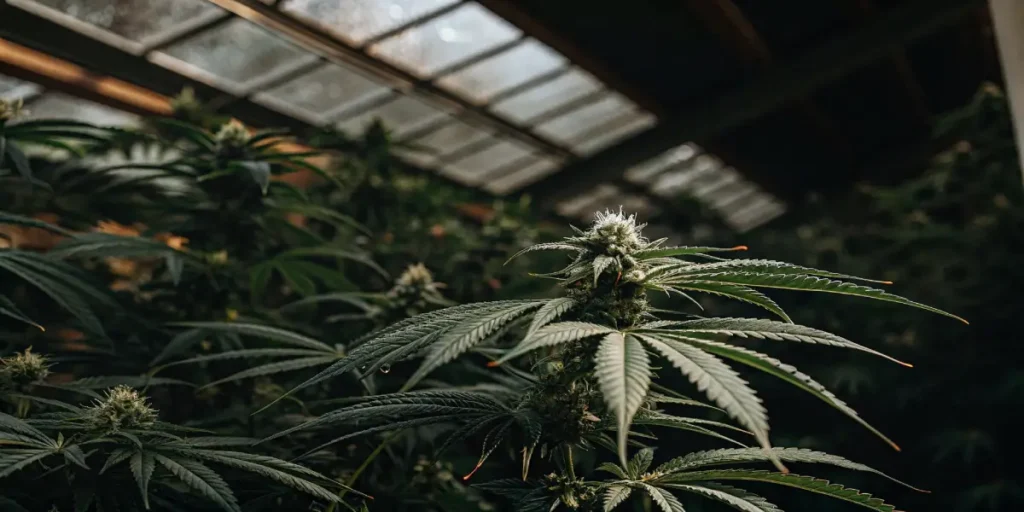
FAQs of boosting antioxidants in cannabis growing
What are antioxidants, and why are they important in cannabis growing?
Antioxidants are compounds that protect cells from damage caused by free radicals. In cannabis growing, antioxidants play a crucial role in safeguarding plant health, improving growth, and potentially enhancing the effects experienced by consumers. By boosting antioxidants in cannabis growing, growers can ensure their plants are more resilient and produce higher-quality yields.
For those new to cannabis cultivation, focusing on antioxidants might seem complex. However, by knowing their importance, even first-time growers can take steps to enhance their plants’ antioxidant content. This focus not only benefits the plants but can also lead to more potent and enjoyable cannabis products.
Moreover, antioxidants contribute to the overall stress tolerance of cannabis plants. By protecting cells from oxidative stress, antioxidants enable plants to withstand environmental challenges such as drought or pest attacks. This resilience is key to maintaining healthy growth and maximizing yields.
Knowing the function of antioxidants in plant physiology can also guide growers in selecting appropriate cultivation practices. By prioritizing boosting cannabis antioxidants with organic methods, growers can create a thriving ecosystem that supports robust plant health and superior product quality.
How do organic methods contribute to boosting antioxidants in cannabis?
Organic methods are integral to boosting cannabis antioxidants with organic methods as they avoid synthetic chemicals. By utilizing natural fertilizers, companion planting, and maintaining soil health, growers can create an environment that encourages plants to produce more antioxidants naturally.
These methods support the plant’s natural defense mechanisms, allowing it to thrive in a more balanced ecosystem. For those interested in sustainable and eco-friendly cultivation, organic techniques offer a practical way to enhance antioxidant content in cannabis cultivation.
Organic cultivation practices also promote biodiversity, which can lead to a healthier growing environment. By fostering beneficial insects and microorganisms, organic methods help maintain an ecological balance that supports plant health and antioxidant production.
Furthermore, organic practices often involve the use of renewable resources and sustainable techniques, reducing the environmental impact of cannabis farming. This approach not only benefits the plants but also contributes to the long-term sustainability of cannabis cultivation, ensuring future generations can enjoy high-quality cannabis products.
Can the choice of strain affect antioxidant levels in cannabis?
Yes, the choice of strain significantly affects antioxidant levels in cannabis. Strains like Blue Dream, Tangie, and OG Kush are known for their high antioxidant content and resilience. Each strain has a unique profile that influences its growth characteristics and antioxidant production.
For growers looking to optimize antioxidant levels in marijuana growth, selecting strains with a reputation for robust antioxidant properties can be a game-changer. By choosing the right seeds from a reputable source like blimburnseeds.com, growers can ensure a successful harvest with enhanced antioxidants.
It’s also important to consider the strain’s growth requirements and adaptability to different growing conditions. Strains that are well-matched to the local climate and soil conditions are more likely to thrive and produce higher antioxidant levels.
Additionally, growers can experiment with hybrid strains that combine desirable traits from different parent strains. This approach can lead to new varieties with enhanced antioxidant profiles, providing growers with more options for boosting antioxidants in cannabis growing.
What role do environmental factors play in antioxidant production?
Environmental factors, including light, temperature, and humidity, are pivotal in optimizing antioxidant levels in marijuana growth. Adequate light exposure ensures efficient photosynthesis, while controlled temperature and humidity create conditions favorable for plant health and antioxidant production.
For both indoor and outdoor growers, monitoring these environmental conditions is essential. Proper adjustments can lead to healthier plants with boosted antioxidants, ultimately resulting in a more successful cannabis cultivation experience.
Wind and air circulation can also impact antioxidant production. Adequate airflow helps reduce mold and mildew, which can stress plants and affect their antioxidant levels. Ensuring good air movement around the plants creates a healthier growing environment.
Furthermore, seasonal changes can influence antioxidant production. Knowing how different environmental conditions affect plant growth can help growers adapt their practices throughout the year, ensuring consistent antioxidant levels and optimal plant health.
How can soil quality be improved to increase antioxidants in cannabis?
Improving soil quality is vital for enhancing antioxidant content in cannabis cultivation. Rich, nutrient-dense soil supports better root development and nutrient uptake, which are crucial for antioxidant production. Adding organic materials like compost or earthworm castings can significantly enrich the soil.
Regular soil testing can help growers monitor essential parameters like pH and nutrient levels, ensuring the soil remains conducive to healthy plant growth. By focusing on soil quality, growers can naturally increase antioxidants in their cannabis plants, leading to better yields and more potent products.
Incorporating biochar into the soil can also enhance its quality and nutrient-holding capacity. Biochar improves soil structure and provides a habitat for beneficial microbes, contributing to a thriving soil ecosystem that supports antioxidant production.
Additionally, practicing sustainable soil management techniques, such as minimizing soil disturbance and avoiding over-fertilization, can help preserve soil health. These practices ensure long-term soil fertility and productivity, providing a solid foundation for boosting antioxidants in cannabis growing.


